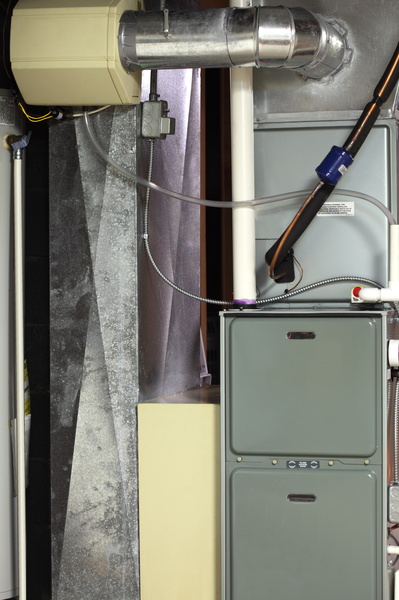The most commonly cited benefits of solar panels are that they are eco-friendly and cost effective. Many resources on the subject are quick to point out that despite high upfront costs, solar panels pay for themselves over time by being durable enough to provide cheap energy for a long time. You know all this, but as a Des Moines homeowner, you also need to know what kind of maintenance is involved in a solar system. In short, after investing your cash, how much work will you put in?
The amount of maintenance required by solar panels is fairly low, as they are quite durable and the only truly vulnerable component is the glass face. There are some steps that you can take to maintain and extend the life of your solar system, though. Below are some routine maintenance tips.
Cleaning
There are quite a few things you can do to keep your solar panels in tip top shape. For example, you should clean your solar panels regularly with water and dish soap to remove any surface grime. There are also surface sprayers available which allow you to clean your panels effectively from the ground.
You should avoid installing panels in a location where they will attract dust, grime and bird droppings, such as near trees, branches, or other growth. Remember that your solar panels are only as good as the energy they can capture, so keeping them clean is much more than a simple cosmetic measure.
Inspecting
To ensure they continue to work properly, you should examine your solar panels regularly according to the manufacturer’s instructions. Clean away any dirt or debris and tighten any loose connections. Should your panel become damaged in any way, for example by severe weather or blown down branches, have it repaired immediately.
If your system has a backup battery, be sure to replace the batteries as they wear down. There will be a noticeable decline in performance when this happens. Also inspect the connections on both the batteries and the inverter to ensure they are tight.
Generally speaking, solar panels themselves don’t require much maintenance. Simply keep them clean and inspect them regularly and they should last a good long while. Other components, such as backup batteries or generators, inverters, and additional arrays will require extra maintenance as well. For the most part, installing a solar system will not add much to your usual household maintenance tasks.
Continue Reading
Tags: Des Moines, Federal Way, Pierce County, Sammamish, Solar Energy, Solar Maintenance
Posted in Solar | Comments Off on How Much Maintenance Do Solar Panels Require? A Question from Des Moines


